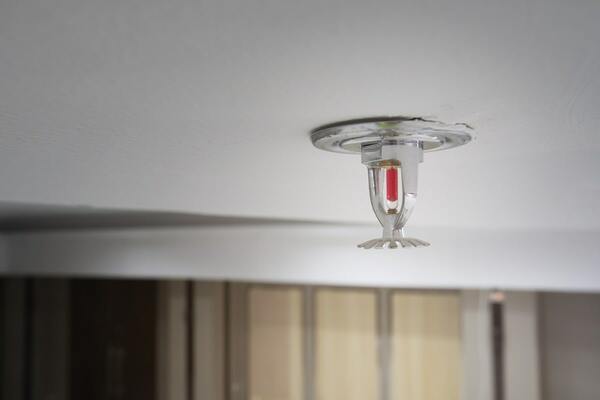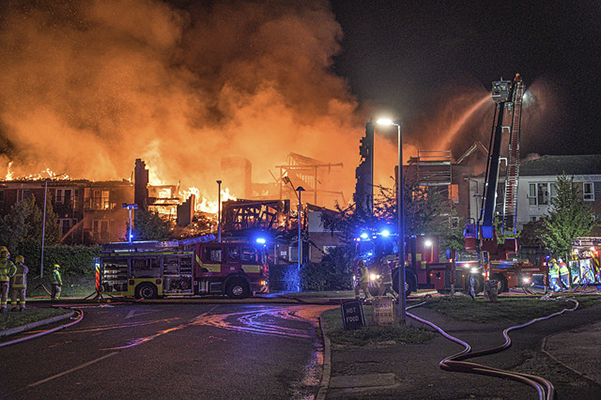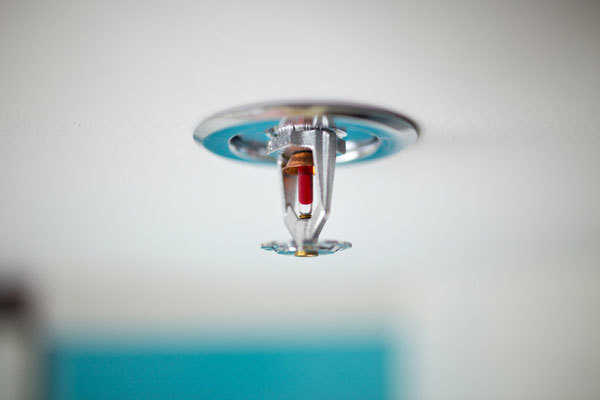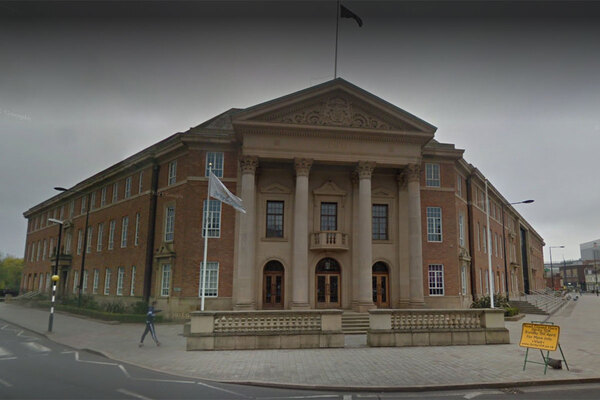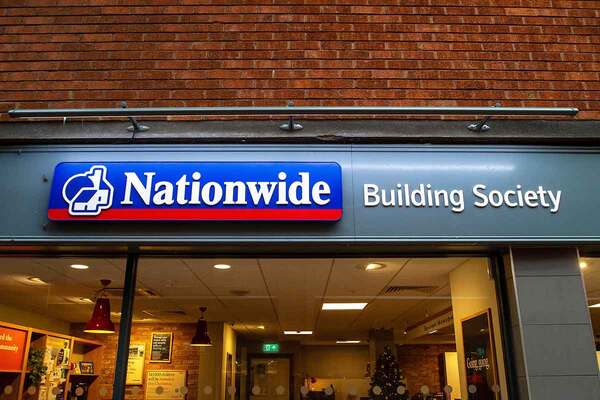You are viewing 1 of your 1 free articles
Government proposes reducing sprinkler height threshold
Ministers are proposing to reduce the height threshold at which sprinklers are required in new blocks of flats to encompass all high rises in England.
The government launched a consultation today suggesting that building regulations be changed to make sprinklers compulsory in all new residential buildings of 18m or taller, down from the current 30m trigger height.
It said the move would make thousands of homes safer, estimating that 1,970 extra new builds would have sprinklers installed over 10 years at an annual cost of between £27m and £38m.
Along with the Home Office and the National Fire Chiefs Council, the Ministry of Housing, Communities and Local Government (MHCLG) said it is also establishing a new Protection Board “immediately”, which will carry out safety checks on all high-risk residential buildings in England by 2021.
Up to £10m a year has been made available to fund the new body, which will act on an interim basis until a new building safety regulator is established in line with proposals in the Hackitt Review.
The Protection Board will investigate whether building owners are acting on government safety advice and putting interim measures in place for high-rises with unsafe aluminium composite material (ACM) cladding.
It will base its work on cladding data collected by councils, with MHCLG promising an extra £4m for town halls to gather information.
Housing secretary Robert Jenrick said: “Residents’ safety is our utmost priority and we are making vital improvements to ensure buildings are safe.
“I have listened to concerns on sprinklers from residents and building owners and our proposals are an important step forward in shaping the future building safety standards.
“The new Protection Board will make sure building owners don’t flout the rules, as well as ensuring fire safety risks in other buildings are being addressed.”
Applications for a £200m fund to remediate dangerous ACM cladding on privately owned high rises will open on 12 September.
Mr Jenrick warned that “inaction will have consequences” and threatened to name and shame building owners that do not make progress fixing ACM over the autumn.
The consultation, which will run for 12 weeks until 28 November, also includes proposals on alarm systems and signage in new blocks of flats.
It proposes making systems to alert residents when they need to evacuate a block mandatory, and requiring better wayfinding to help firefighters navigate blocks.
The government also published an analysis of the responses it received to its review of Approved Document B, its official guidance on how to comply with building regulations.
According to this analysis, most respondents wanted sprinklers to be installed in all housing for vulnerable people, regardless of height.
There were also some respondents who suggested lowering the height threshold to 11m rather than 18m.
In fact, many people suggested that 11m would be a more appropriate threshold for other safety restrictions, such as the ban on combustible materials.
The analysis also revealed that most people responding to the review wanted the ban on combustible materials to be strengthened.
They argued that it should not be limited to buildings over 18m in height but should also take other risk factors into account and should apply to specialised housing, care homes and hospitals regardless of height.
On the ‘stay put’ strategy, which has come under increasing scrutiny after the Grenfell Tower fire, when residents burned to death after being told to stay in their flats, respondents were generally supportive.
Most suggested, however, that it should be strengthened, with possible measures including wider building alarm systems to allow the fire service to warn residents if they do need to evacuate.
Building safety minister Lord Younger said: “I’m determined to ensure buildings across the country are safe for residents and the opening of our private sector fund and commitment to new building safety legislation is an important step in driving that forward.
“This government is acting and I’m calling on all building owners and developers to step up and make any changes needed to ensure their buildings are safe.”
